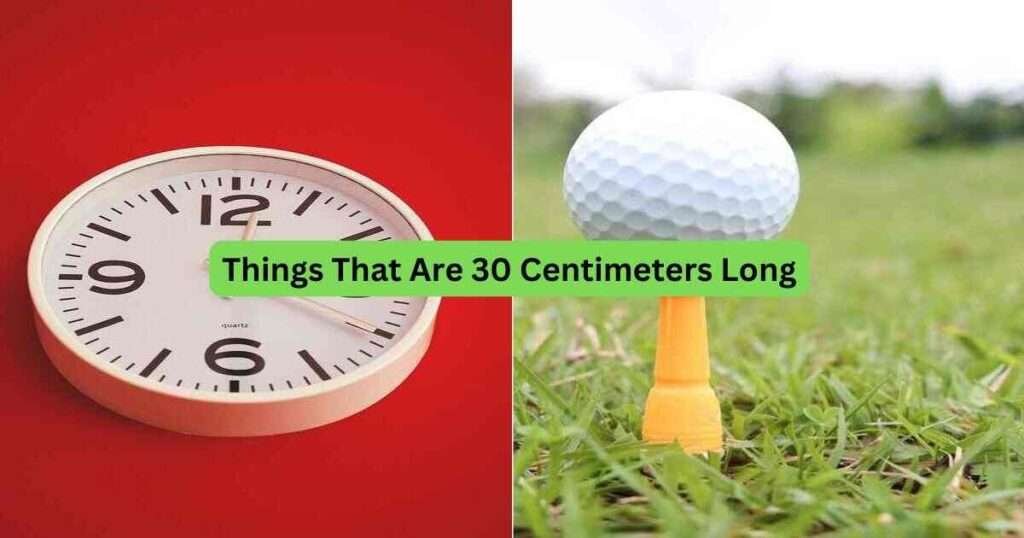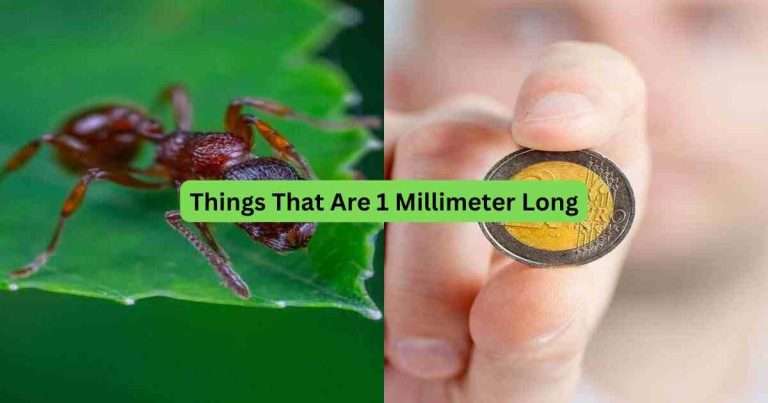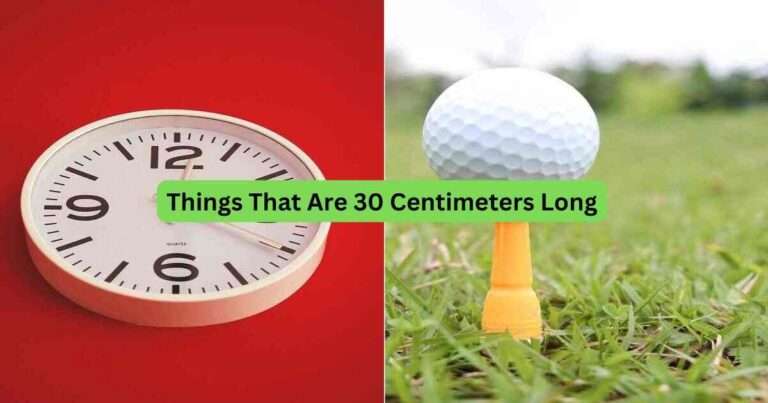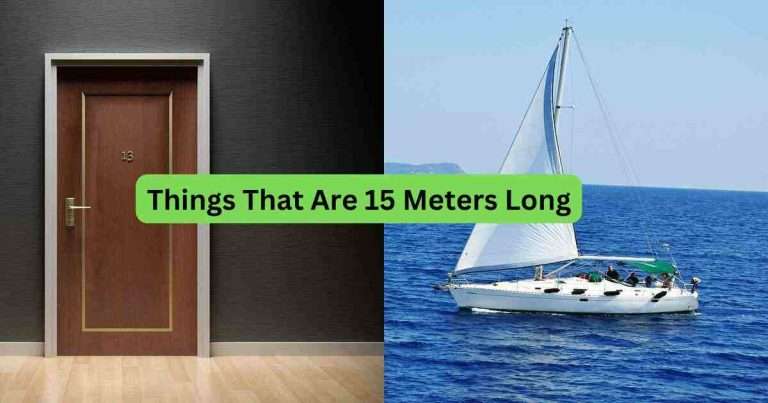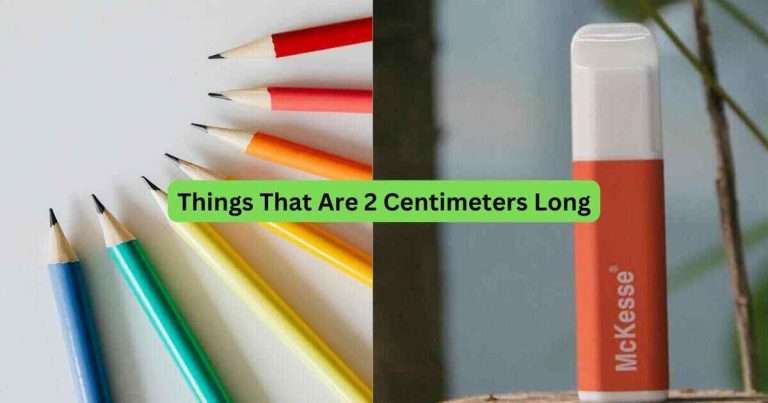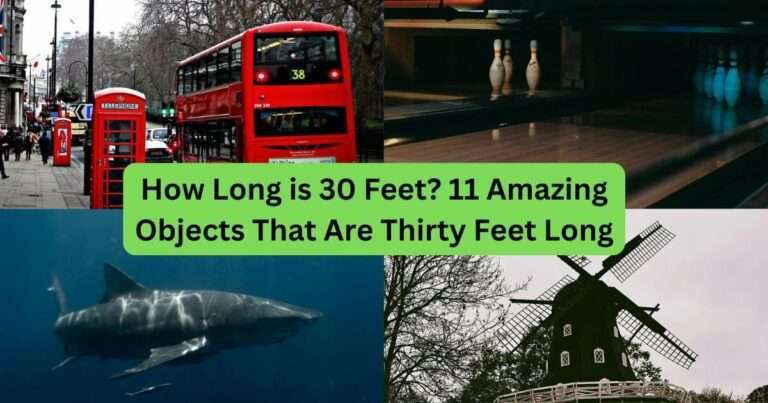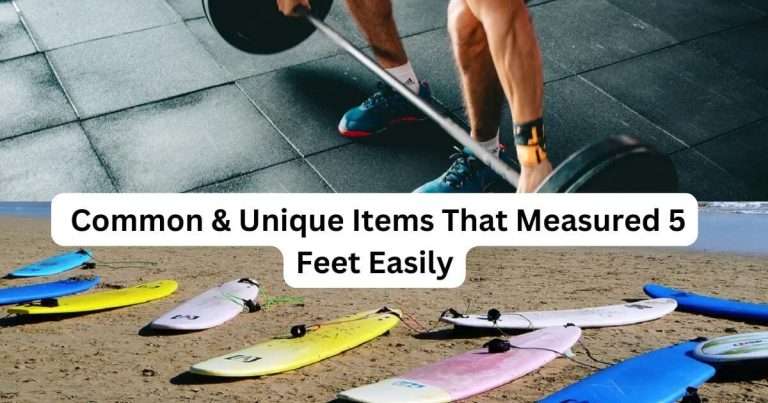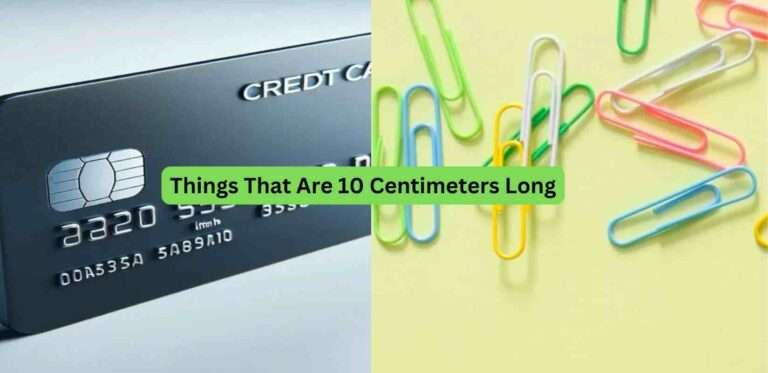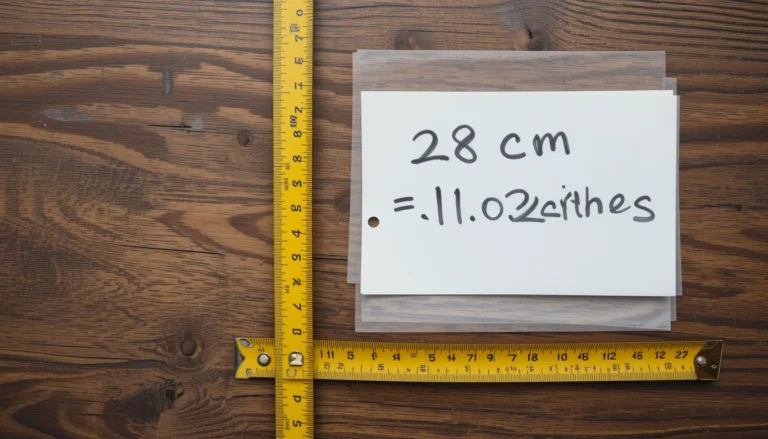Have you ever tried to guess how long 30 centimeters is without using a ruler? It can be tricky. But you’ve probably seen this length before—maybe in your backpack or desk.
A sheet of A4 paper is almost 30 cm tall. That’s the same as lining up two standard BIC pens end to end. A regular shoebox, wall clock, or two-liter soda bottle measures around 30 cm. These items make it easier to picture this length without measuring. You can even stack six AA batteries or line up six golf tees.
Thinking of things you use every day helps your brain understand size better. It’s like turning your eyes into a built-in ruler. Let’s explore more ways to see and feel 30 centimeters in the world around us.
How Long is 30 Centimeters?
Thirty centimeters is about as long as a regular school ruler. It’s the same as 300 millimeters, 0.3 meters, or about 11.8 inches. If you’ve seen A4 paper, that’s nearly 30 cm tall. A wall clock’s round shape is also close to 30 cm across. That makes it easy to picture this size without tools.
You can also think of two AA batteries laid end to end, or the length from your elbow to your wrist—most adults have a forearm about that long. Designers, builders, and teachers use 30 cm a lot because it’s a handy, everyday size. It helps measure shelves, packages, and even cloth for sewing. Having these examples in your head lets you guess lengths faster, making measuring less confusing.
30 Centimeters Compared to the Hand
If you stretch out your hand, thumb to pinkie, it usually measures about 20 centimeters. That’s a good start to picture 30 centimeters. Just imagine your full hand, then add about half your palm again. That gets you close to the full 30 cm.
In the old days, people used body parts like hands to measure things. They didn’t always have rulers, and hands were easy to use. Even now, your hand can help you guess sizes. Let’s say a kitchen knife is 30 cm long—you can think of your hand stretched out, then add more. This trick is helpful when cooking, drawing, or packing. It’s a simple way to “see” the size without any tools.
12 Everyday Items That Are About 30 Centimeters Long
Want to know what things are around 30 centimeters long? Here are 12 everyday items that match this length. These objects help you picture how long 30 cm is.
1. A4 Size Paper
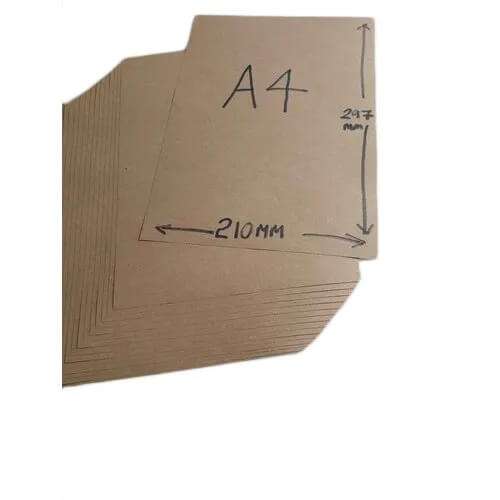
An A4 paper is almost the same as 30 centimeters long—it’s 29.7 cm by 21 cm wide. That makes it one of the best things to use when guessing 30 cm. It’s thin too, but its flat surface covers around 624 square centimeters.
You probably see A4 paper at school, home, or printing stuff. It’s used all over the world, so its size never changes. If you need to guess how long something is, like a notebook, a folder, or even a laptop screen, think about A4 paper. It’s like a measuring tool you already have without knowing it. That’s why it’s great for comparing sizes when you don’t have a ruler nearby.
2. Two BIC Cristal Pens
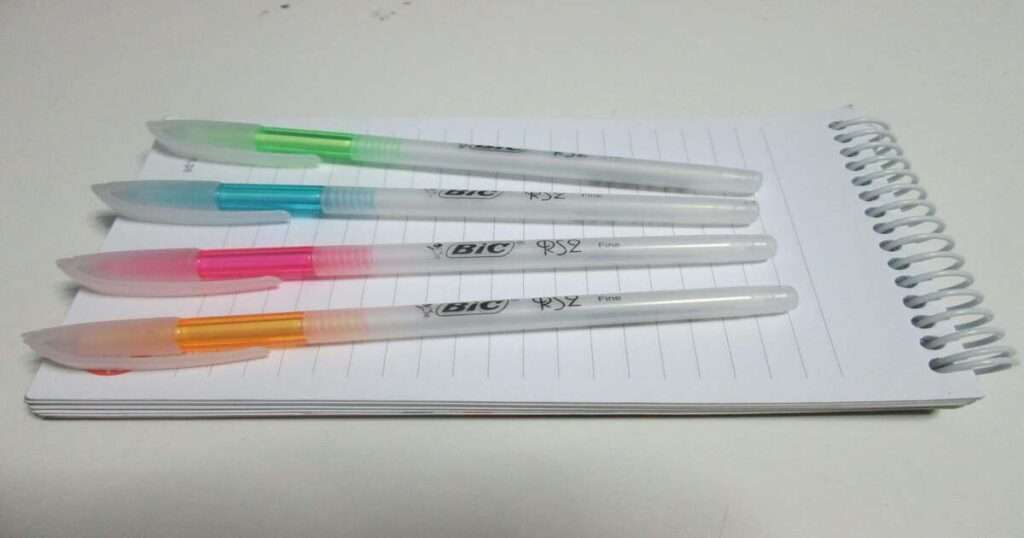
Each BIC Cristal pen is about 14.7 centimeters long and around 0.83 centimeters thick. If you put two of them end to end, they measure close to 30 centimeters—29.4 cm, to be exact. That makes them super handy when you need to guess how long something is.
These pens are used almost everywhere—in schools, homes, and offices. Since their size doesn’t change, they’re great for comparing lengths. Imagine two BIC pens lined up if you’re drawing, packing a box, or checking if something will fit in your backpack. They’re good for writing and a quick tool to help you “see” 30 centimeters without grabbing a ruler.
3. Two U.S. Dollar Bills
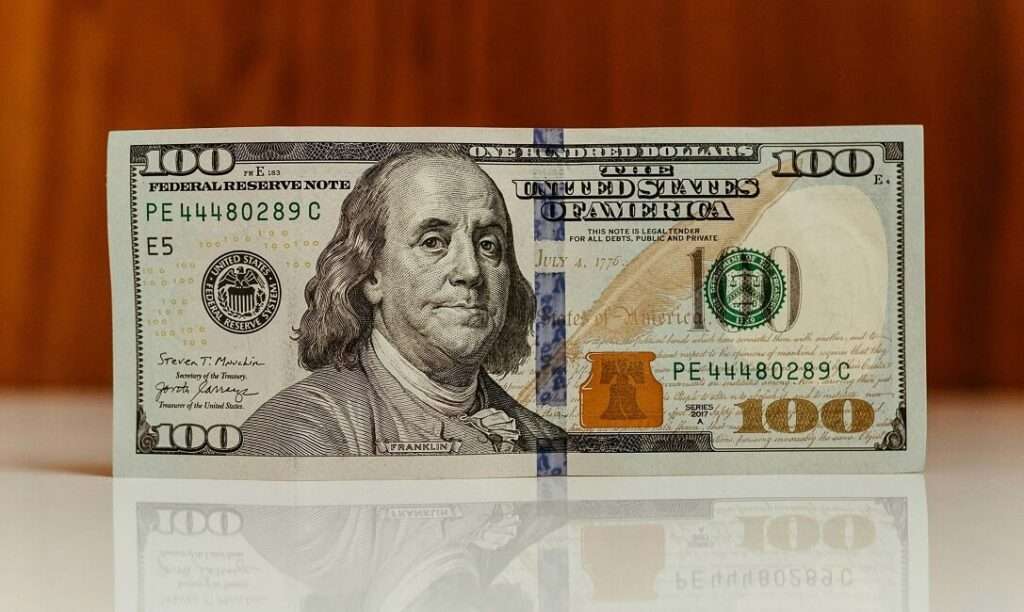
A single U.S. dollar bill measures approximately 15.6 centimeters long × 6.6 centimeters wide. Placing two bills end-to-end gives you 31.2 centimeters in total length, making it a simple and practical way to estimate a 30-centimeter measurement.
Because of their consistent size and everyday availability, dollar bills are a handy reference tool. Common in wallets and widely circulated—over 38 million printed daily—these bills are readily accessible. Teachers often use them in classrooms to teach basic measurements without needing a ruler.
Whether estimating the size of an object, comparing lengths, or teaching spatial awareness, two-dollar bills offer an accessible and reliable method. This technique is especially helpful in casual settings where precise measuring tools aren’t available
4. Six Golf Tees
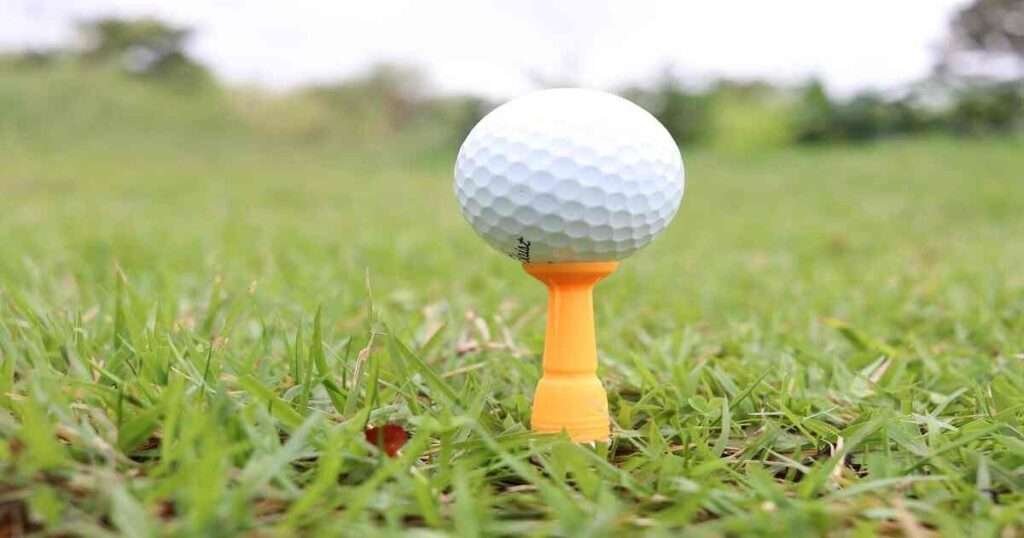
Each golf tee is about 5 centimeters long. If you line up six of them end to end, you get a total of 30 centimeters. They’re small—just 0.5 centimeters thick—and super light, but they’re great for measuring when you don’t have a ruler.
You’ll see golf tees at sports stores or in golf bags, but they’re also fun tools for guessing size. Their shape and size don’t change, so they’re easy to trust. Fun fact: one even went to the Moon during Apollo 14! If you want to measure something like a book, a game controller, or a pencil case, just picture six golf tees in a row.
Whether estimating length with a bit of fun or lining up objects, these small tools provide a playful yet precise visual guide for objects measuring 30 centimeters. It’s a cool way to measure without math or tools.
5. Two Hot Dogs

Two standard hot dogs, each about 15 centimeters long, are placed end to end and measure roughly 30 centimeters. This is a fun and relatable way to visualize this length. Popular at barbecues, sporting events, and casual gatherings, hotdogs provide an easy reference for small measurements.
Hot dogs are now an American cultural staple, having originated from German immigrants’ sausages. Their consistent size and iconic shape make them a practical measuring tool in everyday life.
Whether enjoyed with condiments or as a quick snack, these familiar foods offer a clear and playful comparison for estimating length. Much like a Subway footlong sandwich, two hot dogs provide a tasty and recognizable visual for understanding 30 centimeters without a ruler.
6. Two-Liter Soda Bottle
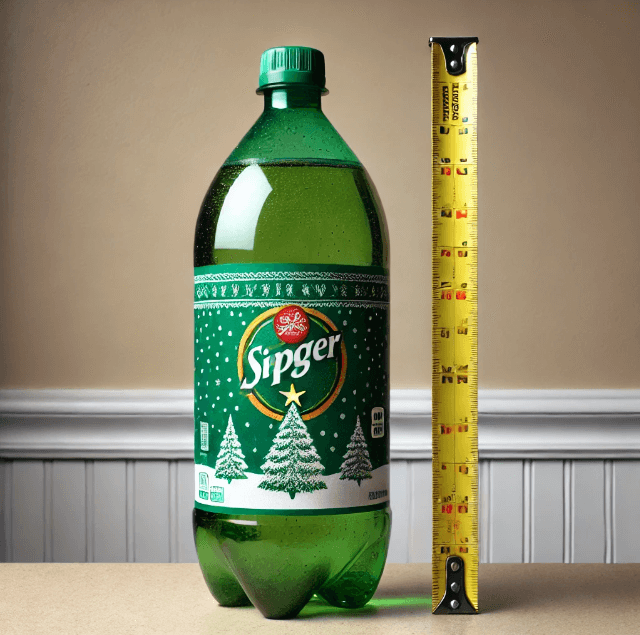
A typical 2-liter soda bottle measures 31.5 centimeters tall, closely matching the 30-centimeter height. Brands like Coca-Cola design these bottles with a consistent height to simplify shipping and storage.
The bottle’s cylindrical shape, usually about 10 cm in diameter, makes it a practical visual reference for estimating vertical space or shelf height. Found worldwide in homes and stores, 2-liter bottles are common and reliable objects for quick measurement comparisons.
Their sturdy plastic construction and uniform dimensions allow them to double as everyday tools for visualizing 30 centimeters. Whether you’re organizing a pantry or just curious about size, this familiar item offers a convenient and accurate point of reference when you don’t have a ruler nearby.
7. A Toaster Oven
A toaster oven is a practical way to visualize 30 centimeters, as most models measure about 30 cm wide, the same length as a standard ruler. I use ours daily for toasting bread or heating snacks. Its compact size fits well on kitchen counters without taking up too much space, making it efficient and convenient.
Designed for quick cooking tasks like reheating pizza or baking small batches, the toaster oven’s consistent dimensions offer an easy reference for everyday measurement. Whether preparing breakfast or experimenting with recipes, this appliance helps put 30 centimeters into perspective in a real-world setting, bridging kitchen practicality with simple measurement understanding.
8. A Standard Ruler
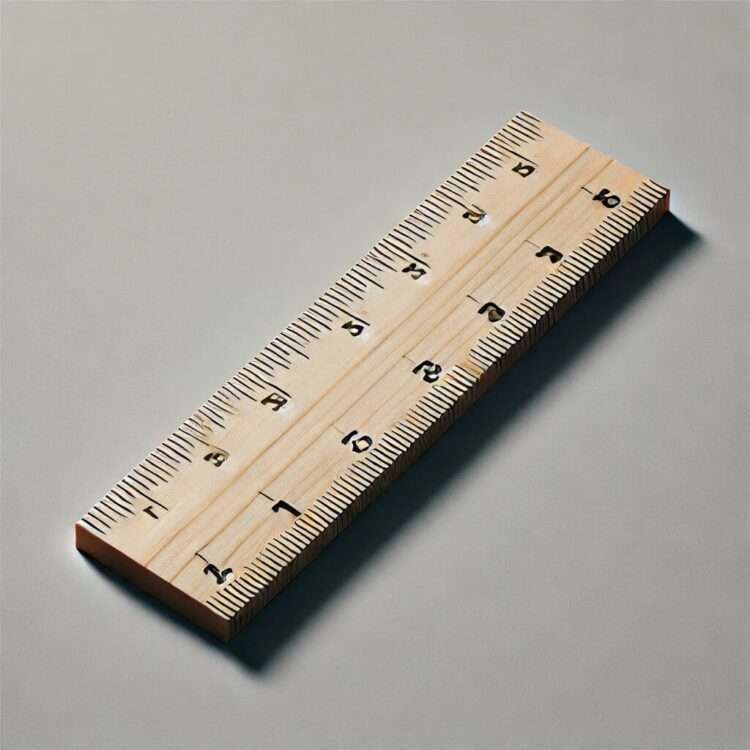
The easiest way to understand 30 centimeters is to use a standard ruler. A typical school ruler measures 30.48 centimeters long and 12 inches Long, with clear markings for both centimeters and inches. I always kept one in my desk drawer for drawing straight lines and measuring in math and art class.
Rulers are among the most common and reliable tools for learning about length, accurate down to the millimeter. Found in classrooms, offices, and homes worldwide, their precise markings make measuring distances and comparing sizes simple.
Whether for school projects or home tasks, a 30-centimeter ruler is a practical and essential tool that helps anyone visualize and work with measurements efficiently.
9. Six AA Batteries
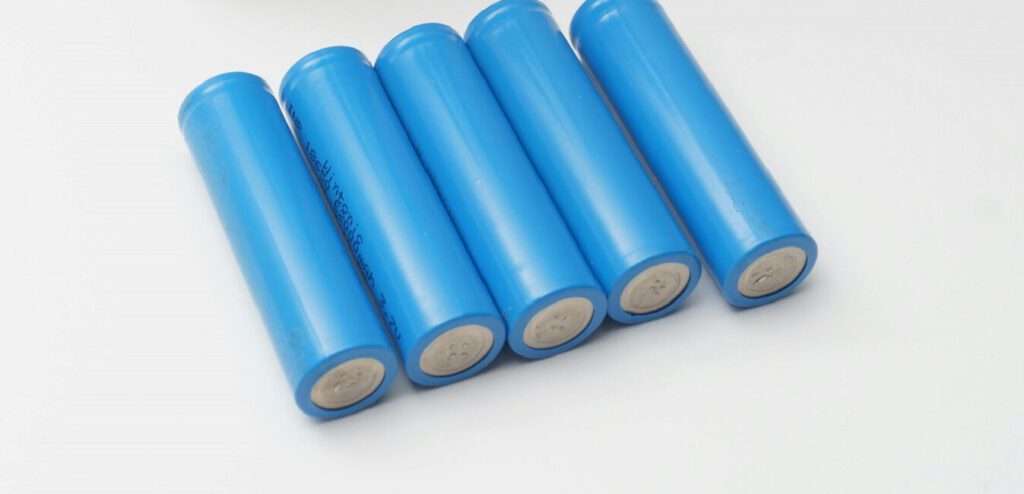
One clever way to understand how long 30 centimeters is involves using six AA batteries. Each battery is about 5 centimeters long, so lining up six of them end-to-end gives you a total of around 30 centimeters. I’ve used this trick while organizing electronics at home, especially when I didn’t have a ruler nearby. It’s a simple, everyday solution that’s easy to remember.
This makeshift method works because AA battery sizes are standardized across most brands. While it’s not as precise as a ruler, it’s useful for quick estimates when setting up remotes, syncing devices, or comparing lengths of other small items. Using batteries like this helps bridge the gap between metric and inch systems, making measurement more accessible for tasks around the house.
10. Travel Umbrella

A folded travel umbrella typically measures between 28 to 31 centimeters long, making it a perfect 30-centimeter example. Compact and lightweight, these umbrellas easily fit into backpacks or purses, offering convenience for daily use.
Most brands keep their folded sizes consistent to balance portability with adequate coverage when opened. With a diameter of around 3–4 cm when folded, these umbrellas are designed for easy storage without sacrificing function.
Whether commuting or caught in unexpected rain, your travel umbrella provides a familiar, practical reference for visualizing 30 centimeters in length. This smart design highlights everyday engineering focused on portability and usefulness, making it a reliable measuring tool when you don’t have a ruler on hand.
11. A Shoebox
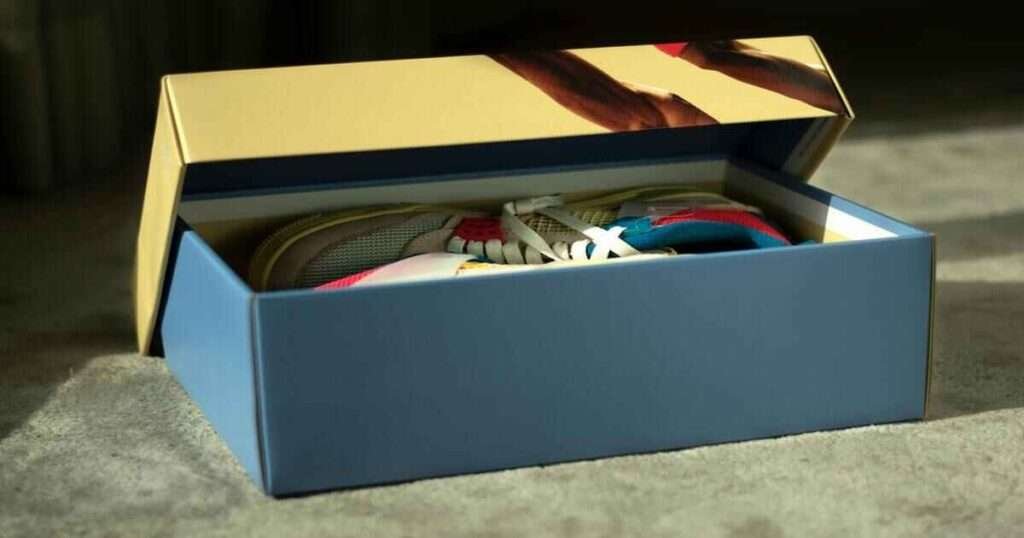
An adult shoebox typically measures between 28 centimeters and 32 centimeters in length, making it an ideal everyday reference for visualizing objects around 30 centimeters in length.
Most shoeboxes are about 18 centimeters wide and 10 centimeters tall, providing a compact and familiar size for comparing objects or planning storage. Designed to protect shoes efficiently while minimizing material use, shoeboxes are standardized for convenience.
Whether organizing closets or preparing for a move, shoeboxes’ consistent dimensions make them practical tools for estimating length. They also assist in visualizing shelf space or storage needs, demonstrating how everyday items reflect thoughtful design and measurement precision.
12. A Wall Clock

A standard wall clock usually measures about 30 centimeters (a foot) in diameter, making it an ideal visual reference for this length. Commonly placed in kitchens, offices, and living rooms, its size ensures easy readability from across a room.
Wall clocks come in various materials, such as wood, plastic, and metal, and styles ranging from modern to vintage. They blend function with decor. Whether circular or square, the 30 cm dimension makes them prominent and practical focal points on any wall.
Beyond telling time, these clocks serve as stylish accents that enhance the aesthetic of spacious rooms and hallways, combining utility with design. Their consistent size makes them a reliable everyday object to visualize and compare to a 30-centimeter measurement.
Conclusion
In conclusion, understanding 30 centimeters doesn’t have to be complicated. By using familiar items from around your home, office, or everyday surroundings, you can easily visualize this measurement and apply it to your daily tasks. From A4 paper to travel umbrellas, these practical objects help you estimate lengths and serve as useful tools in both professional and personal settings.
The next time you need a quick measurement, look around—you might already have the perfect reference right at your fingertips! Embrace these everyday items as simple yet effective solutions to understanding and estimating thirty centimeters, making your life easier and more efficient.
Frequently Asked Questions
What is 30 centimeters equal to in inches?
Thirty centimeters is approximately equal to 11.81 inches. To convert centimeters to inches, you can multiply the length in centimeters by 0.3937.
What are some everyday items that measure 30 centimeters?
Common items that measure around 30 centimeters include an A4 size paper, a standard ruler, two BIC Cristal pens placed end-to-end, and a two-liter soda bottle.
How do I visualize 30 centimeters?
To visualize 30 centimeters, think of objects like an A4 sheet of paper, a twin-size bed width, or a wall clock with a 30 cm diameter. These everyday items can help you estimate and understand the length easily.
How long is 30 cm compared to common objects?
30 cm is roughly the length of a standard ruler, two AA batteries placed end-to-end, or a travel umbrella when folded. These comparisons help you visualize the length of time in everyday life.
What is the significance of 30 centimeters in daily life?
Thirty centimeters is useful for estimating length in many daily activities, such as organizing and measuring items in your home or office and understanding sizes in cooking, crafting, or school projects.

